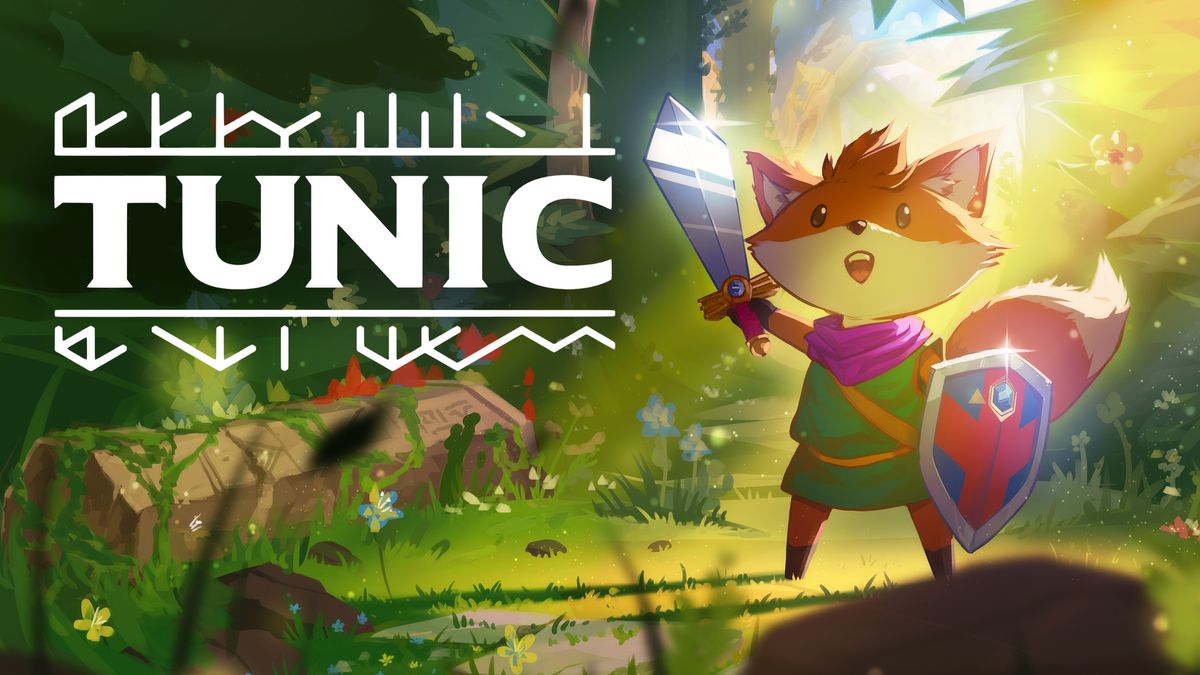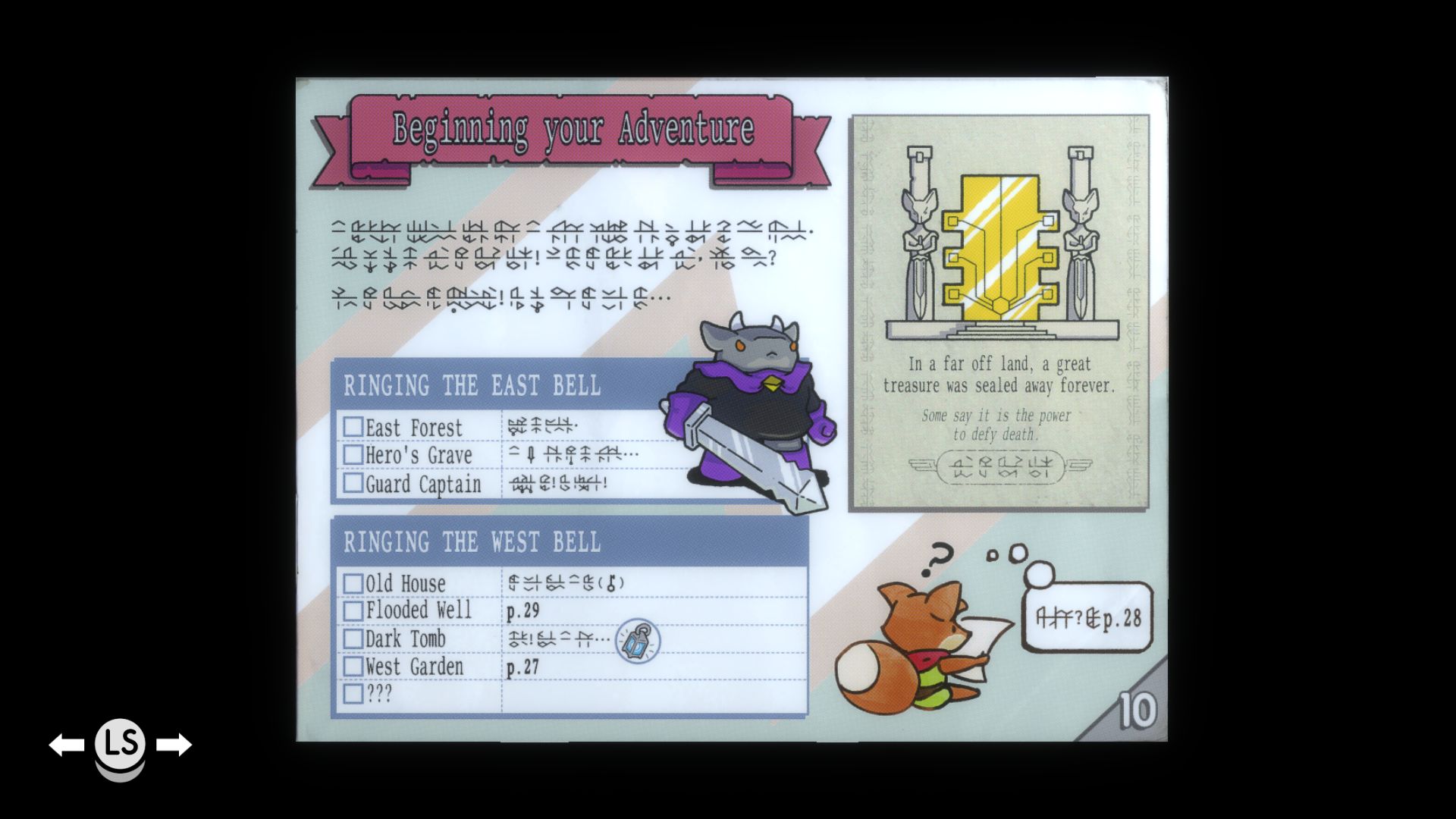What's Good About Tunic

Tunic came out on Game Pass last weekend. I’ve been playing it whenever I’ve had the chance, and by that I mean whenever I don't have Elden Ring on the brain or working on this month’s video (Oh yeah, I forgot to mention: I’m doing YouTube videos now once a month). This is the perfect example of a game that I want to highlight in my work because it’s a small indie and while it’s largely made by one person and was added to Game Pass as a boost. It’s just weird and delightful enough that I just have to talk about it. Which I’m going to. Because it’s my series, I get to write the dang rules and I already have. With that out of the way, let’s begin.
Tunic starts you off as a tiny, adorable fox in a legally distinct green tunic (stealth title drop) that wakes up on the shore of a mysterious island and has to navigate said island. Eventually, you come into contact with an imprisoned deity who urges you to ring two bells and find three keys to get into the main golden temple at the centre of the island so that you can free them. This is all told without text or voice acting and is what I’ve managed to glean from the silence and from the adorable instruction booklet that you find pages of across your adventure. This wordless storytelling and worldbuilding is undoubtedly Tunic’s greatest strength, as it prefers to let its largely undeciphered rune language and the environments of the island itself do the bulk of the narrative heavy lifting. It's the same reason I loved Journey when that came out back in the day and it’s just so good when a narrative can be told seamlessly through the mechanics of a game because I’m an absolute mark for that stuff.

The main source of homage and emulation that you can no doubt tell from even the first few minutes of playing Tunic is that it's a love letter to the original Legend of Zelda on the NES with some Link’s Awakening mixed in for good measure. You start off with nothing more than the tunic on your back and a stick you find on the beach and the game tells you to just explore. While it’s certainly more linear than OG Zelda by way of the instruction manual that is given to the player at the beginning of the game. This is possibly the best way to guide the player along to their next objective without outright telling them I think I’ve ever seen. The manual unlocks piece by piece as you find and collect pages around the game’s world and they have things as small as explaining the UI and its functions to the player to stuff as wild and big as essentially hinting at where you need to go in a sequential manner and how to do it.

It also gives you some neat hints from a gameplay perspective, my favourite among them being the way that stamina is explained. Basically, you have several dodge rolls and shield blocks worth of stamina to work with before it wears into the red. This means you need to wait for all of your stamina to come back because you can’t block or dodge otherwise and you also take double damage in the process. I like it as a means of incentivizing careful play. But at the same time, I can’t help but feel like it can be a bit egregious if you like to dodge a lot as I do. The dungeons, or at least the one I’ve been playing through so far are a good example of the game at its best, with some good puzzles and combat mixed in to ensure things don't get too boring while going through a well-designed dungeon.
Tunic is a game where how much you like it is dependent almost entirely on how much nostalgia you have for the thing that it’s homaging. While it didn’t hit my brain in those specific centres, I did really appreciate the sense of mystery that it instils in the player by not having any written words for the majority of the time, relying more on the player’s wits and their willingness to pay attention to the instruction manual pieces they find along the way. If you need a neat little adventure to play at this point and time, I can think of no better than this.





